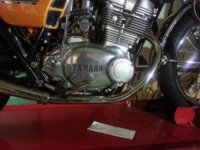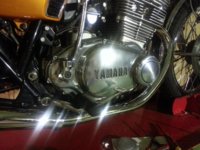MVLUV
XS650 Enthusiast
In the original press releases and reviews it is commented on that this is the first production bike with DOHC 4 valves per cylinder. However bikes were built way back to the 30's or further with the same technology. I think they qualified the statement by the fact it was the first one from the big four to mass build one.A bike like that deserves a good restoration, and you da man! I'm pretty sure these were the 1st bikes that had 4 valve heads. You will find it very smooth for a twin, rivaling a four banger. Back in the 90's my old Yamaha dealer rode a nice TX500 everywhere, and he could ride whatever he pleased.
A little more progress of late. Indicators, headlight bucket installed and wiring looms connected and tested. Everything worked bar the flashing of the indicators which was only the flashing unit. $10 and walk to the local auto parts store and it was fixed, I even managed to fit it in the original relay housing.
For some reason the PO pumped a heap of silicone between the headlight and the outer chrome ring that fits on the headlight bucket. The only reasons I can think of is to stop water getting into the headlight bucket or to stop it from rattling around.
It has taken me several hours so far to clean with about 10% more to go.
![20140502_214310[1].jpg 20140502_214310[1].jpg](https://www.xs650.com/data/attachments/38/38308-774e54b47a08610660c4402c668b867d.jpg)
![FB_IMG_13990311236005598[1].jpg FB_IMG_13990311236005598[1].jpg](https://www.xs650.com/data/attachments/38/38309-1c24eb5b82bcd4bdc5be82783a21a055.jpg)
sorry for the sideways attachments, can't roate them.

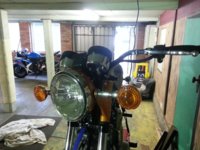
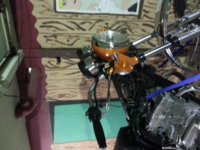
![20140513_045613[1].jpg 20140513_045613[1].jpg](https://www.xs650.com/data/attachments/38/38615-193fa66812c6711f3c2ebe9d804b4f05.jpg)
![20140513_045644[1].jpg 20140513_045644[1].jpg](https://www.xs650.com/data/attachments/38/38616-b761d6e26c6643cda7676d39b5861188.jpg)
![2014-05-21_20.50.12[1].jpg 2014-05-21_20.50.12[1].jpg](https://www.xs650.com/data/attachments/38/38972-fb18d752bce237a24c00ed167b822b58.jpg)
![2014-05-21_21.42.50[1].jpg 2014-05-21_21.42.50[1].jpg](https://www.xs650.com/data/attachments/38/38974-b0e6b70fe663797dfdc29d1e13e89c85.jpg)
![2014-05-21_21.43.11[1].jpg 2014-05-21_21.43.11[1].jpg](https://www.xs650.com/data/attachments/38/38975-660d81a51f5a5643c2d02bfa1f0c6be3.jpg)
![2014-05-20_09.36.26[1].jpg 2014-05-20_09.36.26[1].jpg](https://www.xs650.com/data/attachments/38/38976-47a7ce27bd5a0cd43559cd79b2fe5288.jpg)
![20140527_132317[1].jpg 20140527_132317[1].jpg](https://www.xs650.com/data/attachments/39/39086-e0c147f7113994034bcf14af88a7949a.jpg)
![20140624_103320[1].jpg](/data/attachments/39/39736-3e34d2b9e09e99762cd5219ee2401b85.jpg)
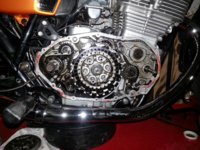
![20140921_140415[1].jpg 20140921_140415[1].jpg](https://www.xs650.com/data/attachments/42/42093-254d6c9f790b56cf0a3f0bf994fb8861.jpg)
